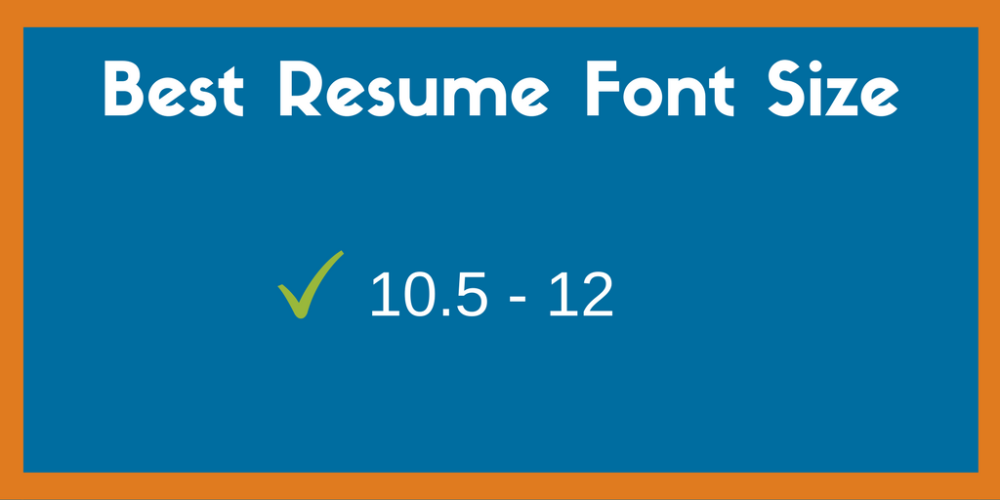
There are an average of 250 resumes sent for a single opening in the United States. With that much competition, your resume had better be as perfect as possible. A well written resume is crucial, however its visual appearance is almost as important as the content on your resume. Why? Because hiring managers won’t read a cluttered or sloppy resume. They only scan a resume for a few seconds so you need to ensure the aesthetics are spot on. We’ll show you the right margins for your resume along with the best text size.
Resume Margins
Your resume margin shouldn’t be too large because you’ll end up reducing valuable resume real estate. You also don’t want it too large as this won’t be visually pleasing for anyone reading it.
The perfect resume margin is 1-inch all around. If you’re really tight on space, you can reduce it down to a 1/2-inch.

This is the perfect size to get all your awesome content on a resume without making it too cluttered or aesthetically unpleasing.
How to adjust Margins in Microsoft Word
To adjust your resume margins in Microsoft Word, you click on the page layout tab in the navigation and then hit Margins.

Once you click on Margins, a list of margin sizes will drop down.
You will then select the 1 – Inch option. Again, if you’re tight on room, then you can select the 0.5 Inch option.
You can see full instructions for various versions of Word from their official website here: Adjusting Margins.
How to adjust Margins in Google Docs
To adjust your margins in Google Docs, you would go to file > Page Setup > Margins

To view full instructions, you can visit this page here which has a detailed walk-through.
Resume Text Size
The size of the text on your resume of course also matters. You don’t want it too large where you waste valuable real estate, and you don’t want it so small that a hiring manager can’t make it out.
So, what’s the best text size for a resume?
Size 10.5 – 12

There has been extensive research to support that a font size between 10.5 -12 is easily read by most people.
So, which one do you choose?
If you have enough room on your resume, you should go with a size 12.
If your resume is partially going onto a second or third page, you can use a size 10.5 or 11.
You should never use size 14 on a resume. It takes up too much room and makes your resume look unprofessional.
Remember to use a professional font as well. We wrote a great post on the best resume fonts here.
Three Other Formatting Tips to Keep in Mind
Choose a Standard Format
Remember that most companies use what's called an ATS (Applicant Tracking System) to automatically filter through resumes. These ATS forward resumes that are a good match to a hiring manager. You need to ensure you pick a standard format without tables, graphs and fancy designs so the system can process it.
You can check out our post on choosing the best resume format.
Keep Your Resume Short and Concise
Ditch the resume fluff and ensure the information is concise, clear and relevant. The general rule of thumb is one page for those with less than 10 years of experience. For those with more, their resume should be no more than 2 pages in length.
The hiring manager only looks at a resume for a few seconds so you’ll want to ensure that your main points and qualifications are easy for a hiring manager to spot.
Label Your Sections Correctly
This ties into tip #1 regarding formatting and ATS systems. You want to ensure that all your resume headers are labeled correctly. There is no need to be fancy here, work experience should be labeled that and not anything else. You want to ensure that both an ATS and hiring manager quickly understand what section of the resume they’re reading.
Ensure that your resume margins, text size and overall formatting are correct. The last thing you want is a hiring manager dismissing your resume because it’s cluttered or difficult to read.
Unfortunately, the hiring manager isn’t the only one you should be concerned with. Today, most companies use a computer (ATS) to read your resume.
Good luck with your job search!
Written by
ZipJob Team
The ZipJob team is made up of professional writers located across the USA and Canada with backgrounds in HR, recruiting, career coaching, job placement, and professional writing.
